Merry Christmas & Happy New Year, France and Switzerland!
As in all of Europe, Christmas is the main winter holiday in France and Switzerland, which is celebrated on the night from December 24 to 25.
Pope Saint Sylvester allegedly saved Montreux in 314 from the terrible serpent Leviathan.
The French, like the Swiss, often call the New Year a feast of Saint Sylvestre, which falls on December 31. In Switzerland, people are not supposed to give gifts on St. Sylvester, it is just a family holiday, even guests are not invited. The French, on the contrary, are happy to ‘have fun’ on the New Year, which is one of the five official national holidays in the country. The French prefer to spend this day, or rather the night from December 31 to January 1, with friends rather than in the family circle.
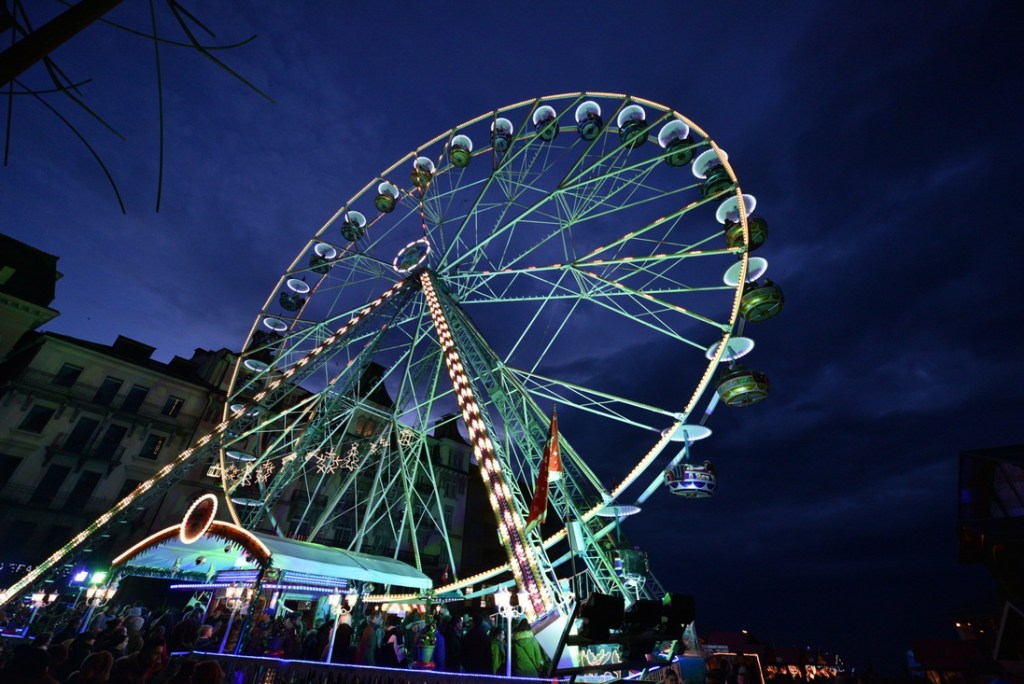
In the Swiss city of Montreux situated between the shores of Lake Geneva and the Alps’ peaks, it is warm at this time. Here, at the very edge of the water, not far from the former music recording studio, the Queen Rock Museum is located, with a sculpture of Freddy with his right hand raised in ecstasy. On Sylvester and, of course, on Christmas, his fans put fresh flowers at the monument, leave their notes and Christmas cards with congratulations at the singer’s feet.
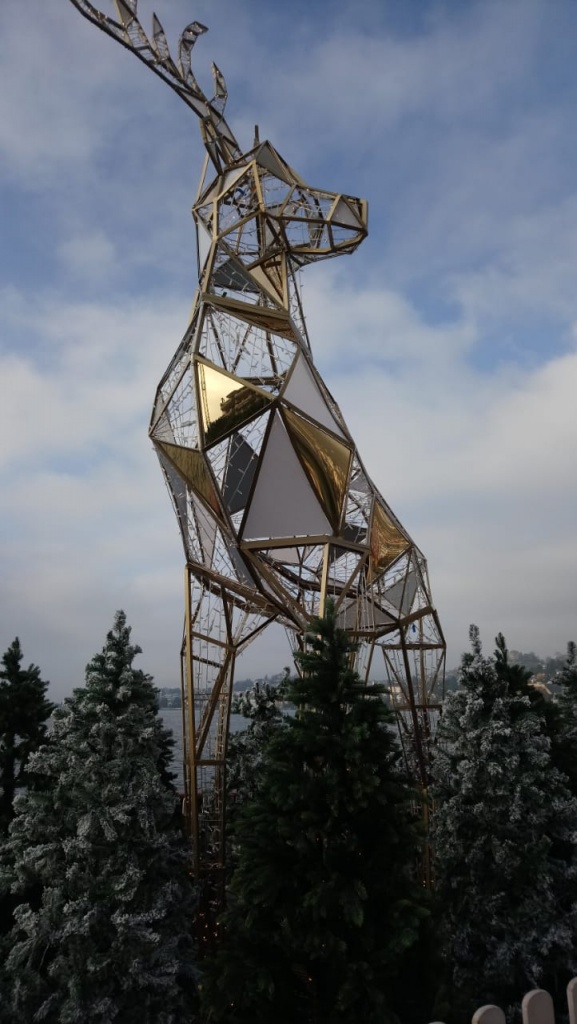
On the New Year's Eve, there are no special festivities in Montreux. But Christmas is a great event, and people start preparations at least a month in advance. Colorful fairs are organized to celebrate it, with a panoramic Ferris wheel in the Tuileries Park in Paris that is almost as huge as the one on the banks of the Thames in London. They also pitch tents with hot appetizers and mulled wine, beer and Swiss wines, with marzipan cakes, densely strewed with cinnamon, with the Christmas trees decorated with multicolored luminous garlands, with countless stalls with Christmas souvenirs and sweets ( Swiss chocolate, of course!), and also with a fantastic sculpture of a deer, that brings gifts to all Montreux residents and its guests.
At Christmas, on the night of December 24 to 25, everything is quiet here. No trains, buses, cars. Each and all will gather at the festive tables, at home and at restaurants and cafes, will uncork the bottles of champagne and congratulate each other on the birth of the Savior.
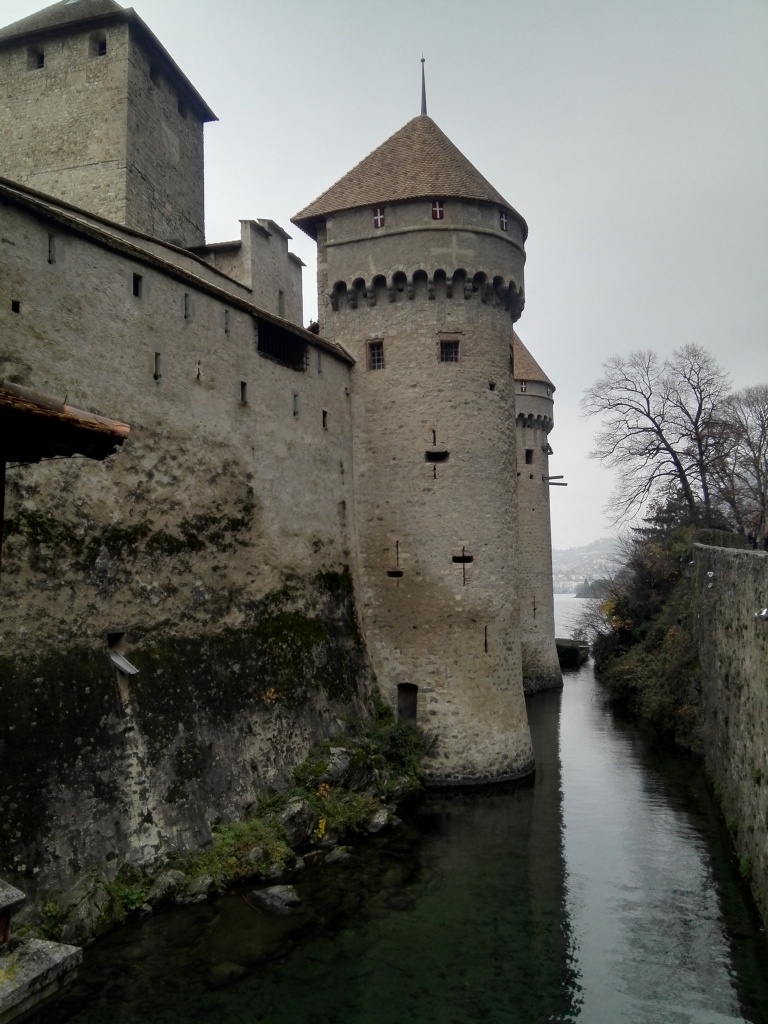
A chic festival will also take place in the main Montreux’s attraction - an ancient, 12th-century fortress - Chillon Castle. Its casemates, stone cellars with barrels of wines, halls decorated with medieval paintings, wooden galleries, probably still remember the defenders of the castle, who once repelled the attacks of the royal guards; the towers with cast-iron cannons still aimed at the Alps and the lake, guarding the fortress - by an old habit - against invaders. And before the Christmas, the today’s Swiss warriors bring boxes of wine, beer, dishes and some food and put them under the masonry vaults of the castle as if preparing for a siege, which, they feel, they can ‘sustain’ for a long time. Not only on Christmas, but also on Sylvester.
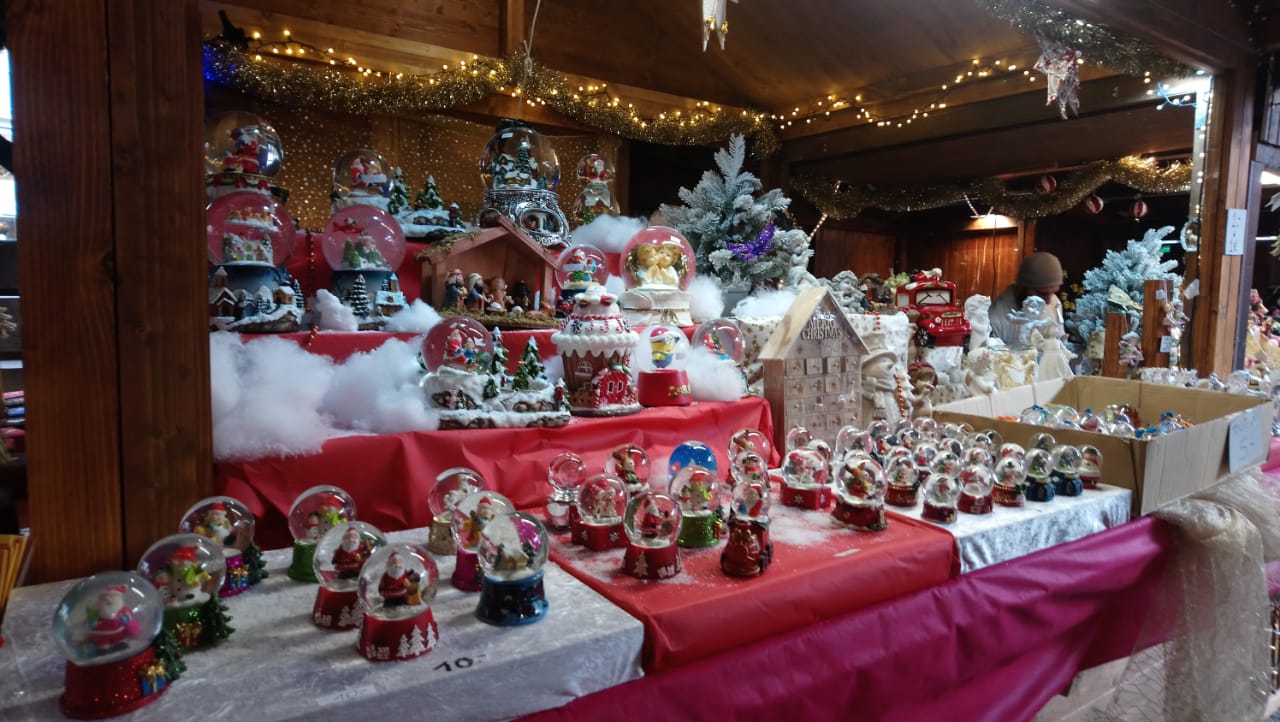
In France, in different regions and in different families, Sylvester is carried out in different ways – some celebrate it more elegantly and magnificently, and the other – in the comfort of their homes.
EcoTourist Expert spoke with the locals in the regions of Grand Est, Provence, Alpes, Côte d'Azur, Ile de France and Normandy to learn more about the traditions of the New Year celebration in France.
- For which fest do you prepare more - for Christmas or the New Year?
- Definitely for Christmas. In Alsace (Grand Est), it is celebrated for 3 days - from December 24 to 26. This is due to the fact that this region also celebrates the feast of St. Stephen, which just falls on December 26.
In the 16th century, a Christmas tree in France was hung upside down and fixed at the entrance to the house. Later, the tree was moved into houses, where it was hung from the ceiling and decorated with sweets and apples. Children were to take them. Gradually, they started to installed the trees on the floor. However, they were not affordable to everyone - only the riches could afford to have a coniferous beauty at home. About 150 years ago, the evergreen trees adorned only the French royal houses. Now, this tree is an indispensable attribute of Christmas and the New Year.
We start preparing for Christmas at least a month in advance - we carefully choose a Christmas tree, prepare Christmas wreaths with four candles that are lit every Sunday before Christmas, and prepare ‘Bûche de Noël’ (Christmas log) - a festive treat in the form of a roll. By the way, a child born this year is sure to get a gift - his first Christmas-tree decoration.
- And how do people prepare for the New Year in France?
- Certainly, we buy gifts. Usually something small, under 50 euros - souvenirs or New Year cards with money inside ...
At Grand Est, the New Year is celebrated quietly - with friends or relatives. Although young people, certainly, cannot be lured into staying at home. They usually have parties, and then they go to shoot off fireworks.
But Provence, Alpes, Cote d'Azur celebrate the New Year with magnificent festivities. It is warm there in winter. At night, the temperature can be around +14oC - in such weather it is nice to celebrate the New Year out-of-doors. In the ski resorts, hotels set some New Year's animation and offer entertainment to bring joy to their guests.
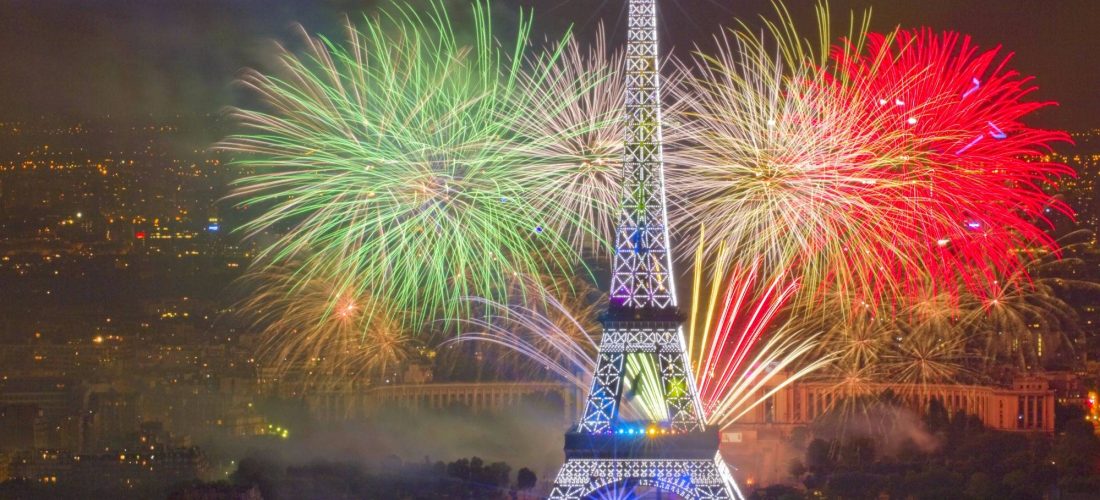
In France, on January 1, the New Year was not always celebrated. In the 6th-7th centuries, in many regions of France, the entry of a new year was celebrated in the beginning of spring, and in some places - on March 25. Carolus Magnus moved the celebration of the New Year to December 25, and then it coincided with Christmas. And during the reign of the Capetians, the New Year fell on the Easter holiday. And only in 1564, King Charles IX of France fixed the date of the celebration by his decree for January 1. In 1582, a new calendar, the Gregorian, was introduced for all Christians in honor of Pope Gregory XIII, who created it. According to this calendar, the New Year was also celebrated on December 31 - January 1.
But, of course, the most chic New Year's parties take place in Paris - on the Champs-Élysées. Here you can see a laser show, a parade and a firework display.
- But what about the New Year’s address of the president to the citizens of the country?
- Yes, the televised end-of-year address of the president from the Champs Elysees is traditionally at 08.00 P.M.
By the way, in France, it is customary to take on the ‘New Year’s obligations’, which you want to fulfill during the next year.
- And what obligations will you assume this year?
- Do more sports, spend more time with my family, embrace healthy lifestyle, get a promotion and travel more. Like everyone will, I guess. But these obligations are special, the New Year's ones. Although many take such obligations every Monday ...
- What is usually served in France on the New Year?
- At the traditional New Year's Eve celebration, on the night of January 31 to January 1 - we call it ‘réveillon’ - of course, ‘foie gras’ dominates and Champagne or some local sparkling wine. And some people cook or buy homemade vanilla wafers, ‘les gaufrettes’ or ‘les étrennes’, for the New Year's table. There also can be oysters, smoked salmon, snails, caviar, it all depends on the budget.
- When do you remove the Christmas tree? The Russians often remove it not earlier than Orthodox Epiphany Day, January 19 ...
- Yes, in France, the Christmas tree is already dry by the New Year. As soon as the holidays end, it is removed at once.
- So, after the New Year there are no more holidays associated with the Christmas tree?
- Why, there is. The Epiphany, which the whole Catholic world celebrates on January 6. This day is called ‘épiphanie‘, or "La fête des Rois" (Magi Feast). On this day, people sing a song about how the Magi came from the East to Jesus.
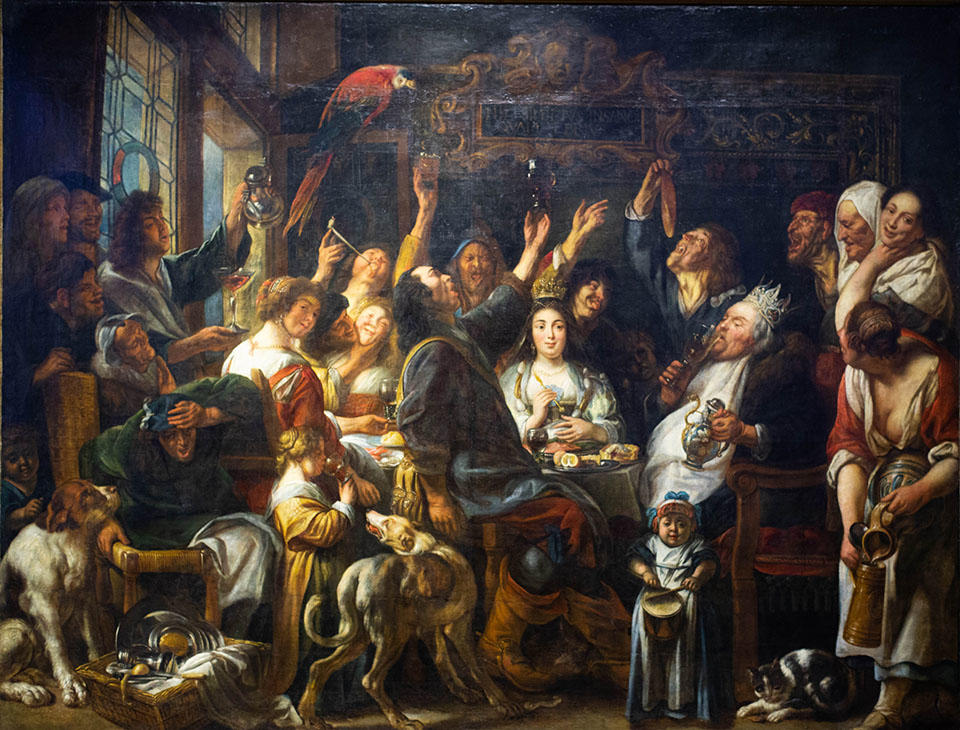
And by the way, another French culinary tradition. At Epiphany, we eat a biscuit, or the so-called ‘La Galette Des Rois’ (pie of the Magi, or Royal pie). This is a traditional cream puff pastry pie. The tradition of having a biscuit in France has been observed since the XIV century. Although it seems to be accepted in other European countries ...
The surprise ‘fève’ (bean) is hidden in a biscuit: a small porcelain figure, a coin or a real bean. The tradition of hiding the bean in the pie dates back to the Romans. It was they who used the white or black bean to hold a vote. In early January, during the feast in honor of Saturn, the Romans elected the king of the feast using a bean. Thus, the tradition of religious origin has become a family tradition. The family gathers at a table to share a holiday biscuit. Anyone who finds a bean will be crowned a ’king’ and will be able to choose his ‘queen’.
- Maybe, there are some special, specifically French New Year traditions?
- Yes, there is one. In France, it’s customary to kiss. Well, all the French love to kiss, this nation around the world is associated with love. Nobody would be surprised here. But on January 1, we kiss each other under the mistletoe.
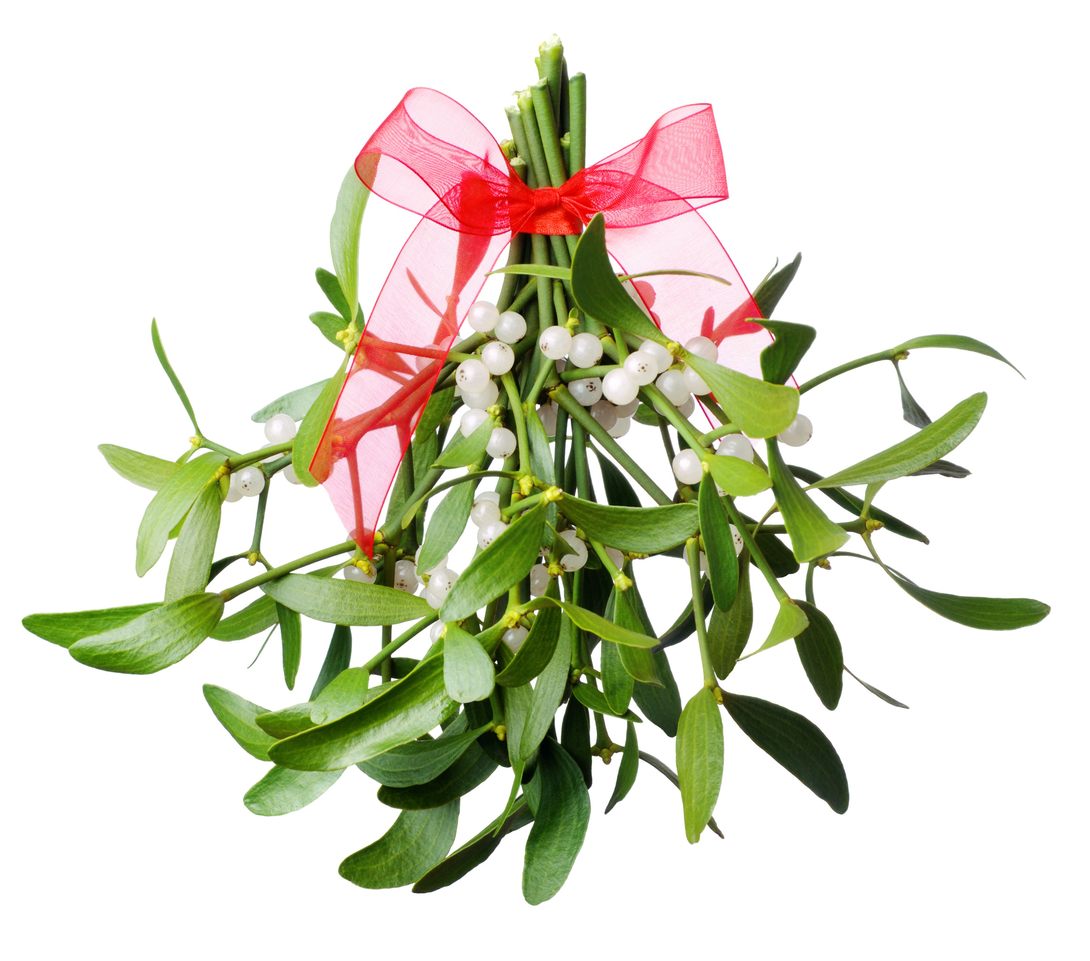
Speaking of kisses. Well, I would be a sorry excuse of a Frenchman, if I don’t talk about kisses ... On the New Year's Eve at midnight, it is a custom to kiss each of those who is near you on the cheek several times, ‘faire la bise’. It’s clear, if you’re not in the town square, it’s not necessary to kiss everyone there. Although, if you want to, of course, you can ... Not just a kiss, but several kisses. How much - depends on the region ... Perhaps, it depends on how lovable the character is. In Provence, kissing twice, in Montpellier - three times (by the way, like the Orthodox people do, I just now thought about it). And in some parts of France - even four times. So, everyone is welcome to celebrate the New Year with us, in France, no one will be disappointed.








